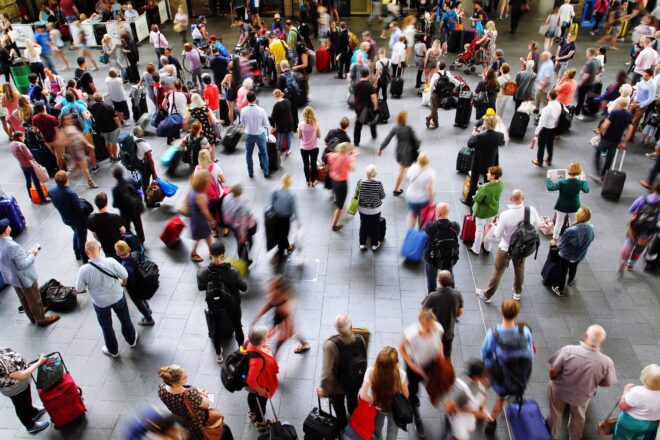COVID-19 has become our worst nightmare or our brightest star, it all depends on the part of the economy you call home. If your revenue stream relies on success in the hotel, travel and tourism industries, you may be seriously disappointed.
Beginning in January 2020, this virus changed segments of the economy that are unlikely to fully recover until 2022 or 2023. Owners, operators, administrators and staff have watched massive trip cancellations, suspension of national and international flights, postponement or cancellation of large and small events- without the power to make it stop. People are fleeing cities and avoiding travel to these destinations although the health problem is unrelated to urban density but rather to structural inequalities and the quality of urbanization.






